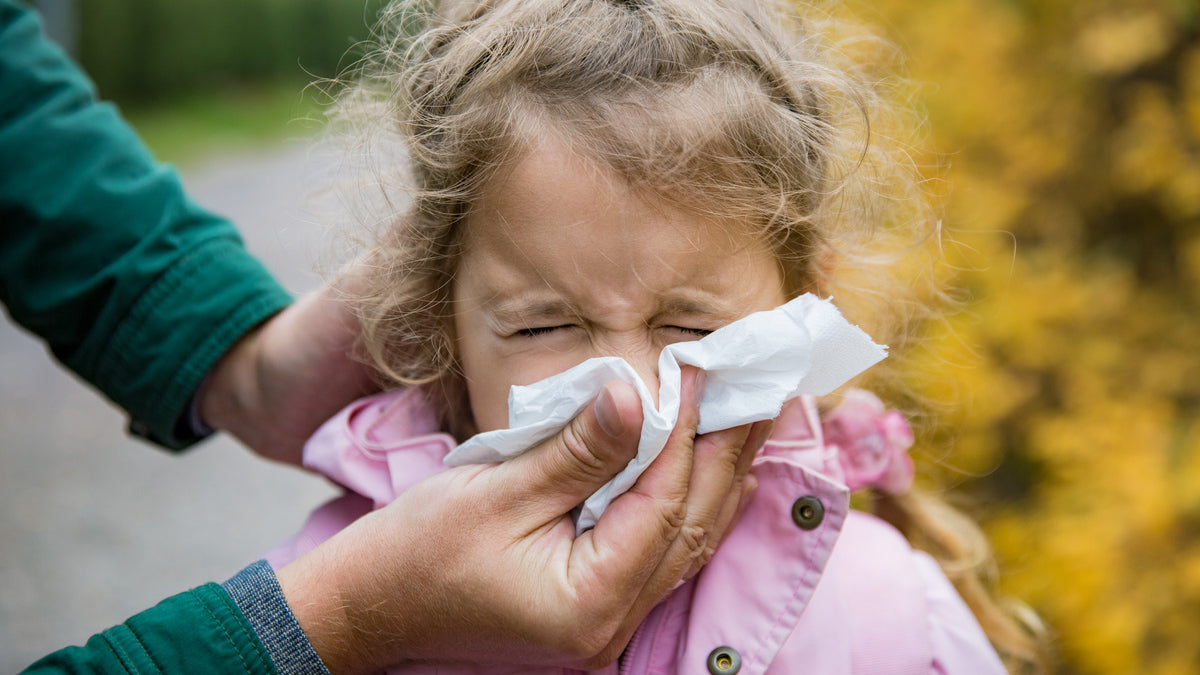How to do nasal washes for babies and children.
In the first months of life, babies breathe exclusively through the nose. Also, for the first two to three years, they are unable to blow their nose on their own. If the nose becomes blocked, for example in the case of even a mild cold, the little ones therefore experience discomfort and discomfort, which increase in particular during sleep (due to the lying position) and feedings.
The washes allow you to remove mucus, phlegm and any small crusts from the nose, but also to cleanse the mucous membrane of the nasal cavity from irritants, such as allergens, or from viruses and bacteria. They also soften the mucus, facilitating an eventual aspiration.
Nasal washes, with what to do them
• physiological
• thermal waters
• sterilized sea water, etc.
First of all, you have to choose what to do the nasal wash with. On the market there are practical single-dose vials of various solutions: physiological, thermal waters, sterilized sea water and so on, especially convenient when you are away from home.
There are also often larger containers of the same products: in this case, the solution must be injected using a syringe without a needle. The amount to use is about 5-10 ml per nostril. Washing must be carried out with solutions at room temperature or slightly warmed (never hot).
Nasal washes, do-it-yourself solution
You can also make a "do it yourself" saline solution at home, consisting of 90% water and 10% salt. Just boil about half a liter of water (to sterilize it) and dissolve 4.5-5 grams of coarse cooking salt in it.
Warning: if the syringe is used, it must be carefully washed after each use and changed periodically.
Nasal washes, how they are done
The operation is simple, even if some children (especially when they begin to grow) do not like it and keeping them still can become difficult.
1. Lay the baby on the changing table or on the bed (in this case it is better to put a towel underneath) and tilt his head slightly to one side. Be careful not to push it backwards, or the washing solution will end up in the throat, causing the baby to cough.
2. Gently insert the tip of the vial or syringe without needle into the nostril of the side furthest from the surface and spray the liquid gently, but firmly: you will see it come out from the opposite nostril. For example: if the baby is turned to the right, you will spray the solution in the left nostril and you will see it come out from the right side.
3. Repeat on the other side.
"If the child really does not tolerate the actual washing, it may be enough to put a few drops of solution in the nose, just to make the secretions a little softer" Another possibility that is generally better tolerated is the rinowash, a device that is connects to the aerosol and allows the jet to arrive directly in the nasal cavities, for a real nasal shower.
Nasal aspirators
Especially if the child is very young and is unable to blow his nose on his own, a nasal aspirator can also be useful, to remove mucus or secretions that have not been washed away.
There are different models, electric or mouthpiece. The choice is up to the family, taking into account, however, that fully mechanical models can be a little more aggressive, with the risk of damaging the nasal mucosa.
Nasal washes, when to do them
When needed, that is, when the child shows obvious discomfort due to his closed nose. In addition, they are generally useful before feedings, so that the nose is free when it comes to eating, and in the evening before going to sleep, to facilitate sleep.
On the other hand, it is not necessary to do them for preventive purposes, when the child does not have a blocked nose or colds.
To help the baby breathe better, it is also important to humidify the rooms and invite him to drink (or breastfeed, if he is exclusively breastfed) often, in order to thin the mucus and promote its expulsion.
Dear mothers, after reading our article, we recommend that you visit our Luxury Kids website where you will find a section purely dedicated to your Child 's Hygiene .






Leave a comment